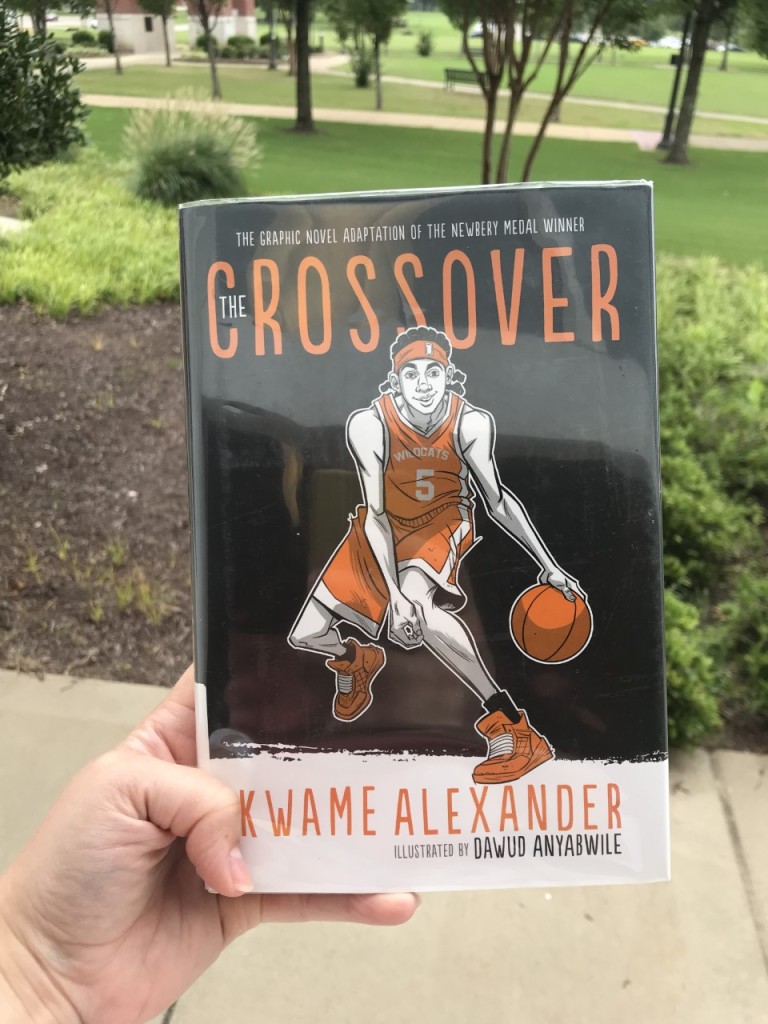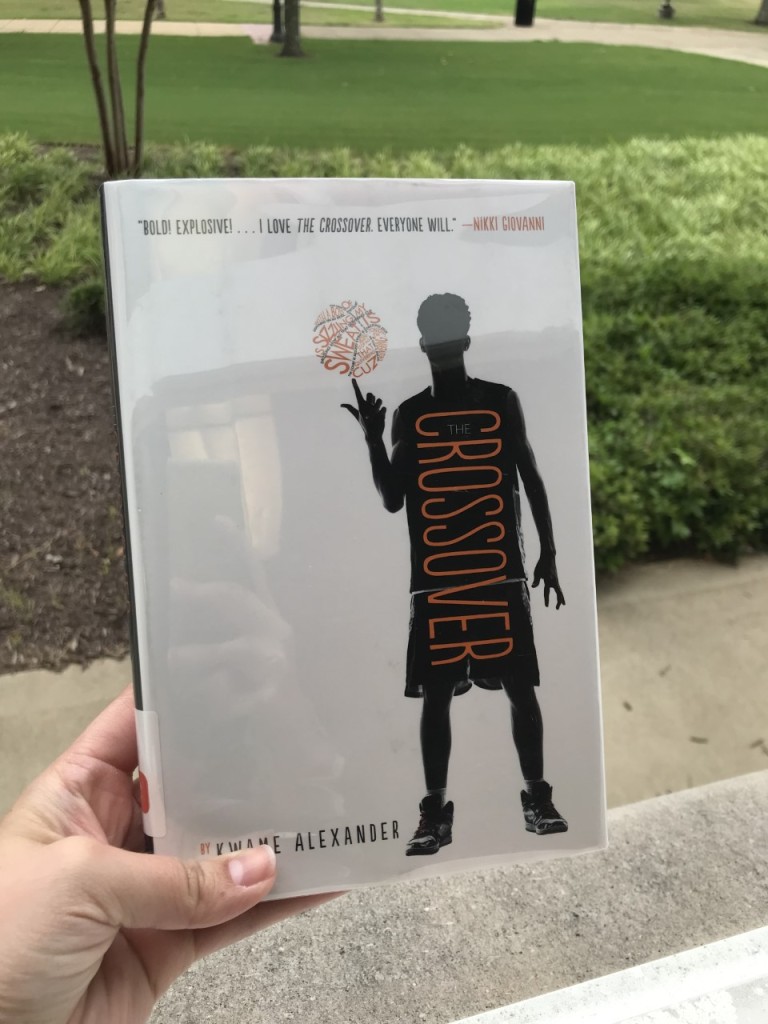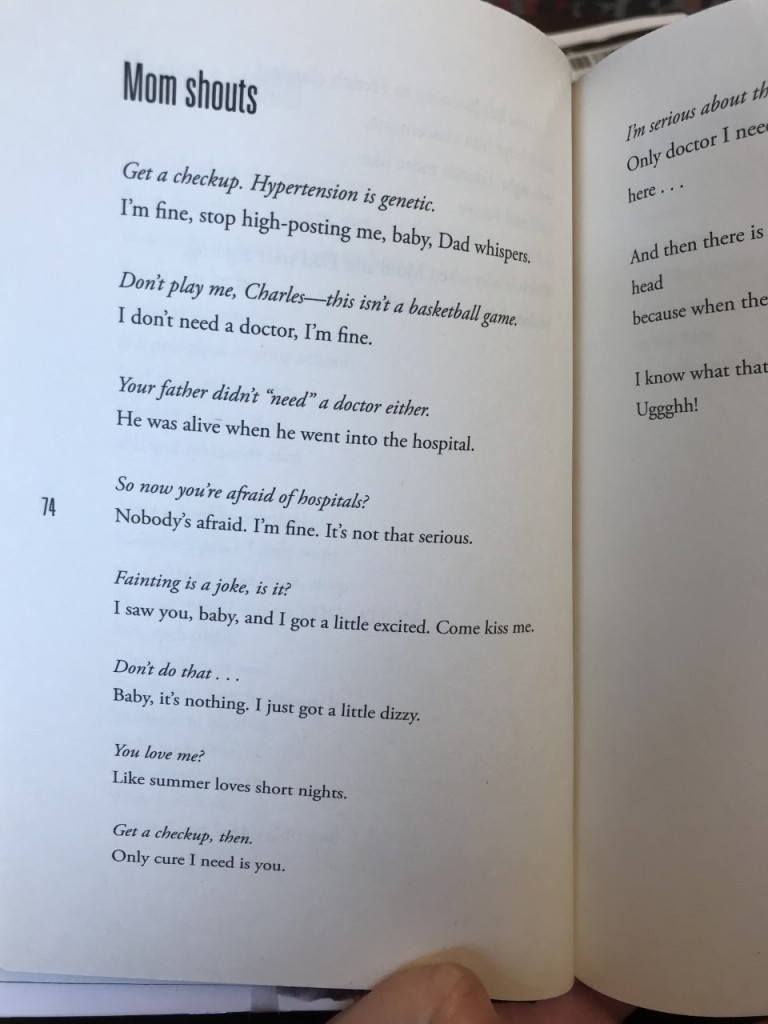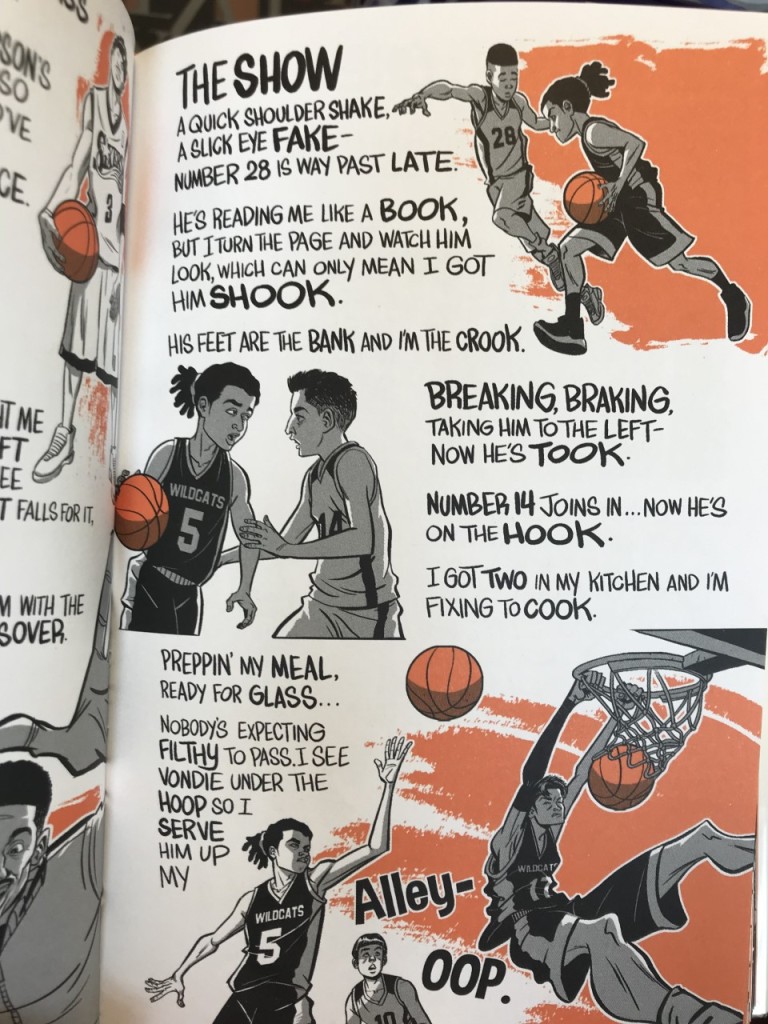Marshmallow and Jordan by Alina Chau tells the story of Jordan and her magical elephant. Jordan loves basketball and is a natural athlete, but she is also in a wheelchair. Her wheelchair means she cannot play on the school basketball team. When she meets an injured white elephant, she takes it home and the two become fast friends. In fact, her elephant, Marshmallow, becomes fast friends with all the basketball girls. At a birthday party, Jordan’s coach sees Jordan can swim. Maybe the water polo team is a better fit for Jordan. Will water polo be the answer she is looking for?
What Marshmallow and Jordan gets right:
Chau shows readers how friendships can change, especially during middle school, and how animals can be a friend and comfort to their owners. Chau also depicts multiple cultures and beliefs in her graphic novel especially because the characters attend a multicultural high school. This book is set in Indonesia and the setting is beautiful. This book would be beneficial to American children to see different cultures and communities. Chau’s illustrations depict sports and emotions that amplify the dialogue.
What Marshmallow and Jordan gets wrong:
Jordan is extremely athletic and naturally so; however, her experience with basketball and switching so quickly to water polo is not necessarily realistic. Chau does show that Jordan works hard and practices a lot to do well at water polo, but her natural athletic ability would not be a common trait for most readers. Jordan is in a wheelchair because of an accident, but the accident is never discussed.
Readers should also realize that this is fantasy because Marshmallow is magical. It would not be likely that an elephant would understand people so well or be able to use a scooter.
Recommended for: middle school students, students with disabilities, basketball fans, or athletes
Not recommended for: those who do not want to read about other religions, specifically religions that believe in multiple gods and spirits.
Marshmallow and Jordan is located in the Family Room of the library.
Amber Wessies’ reviews reflect her personal opinions and not necessarily those of the library or university.





